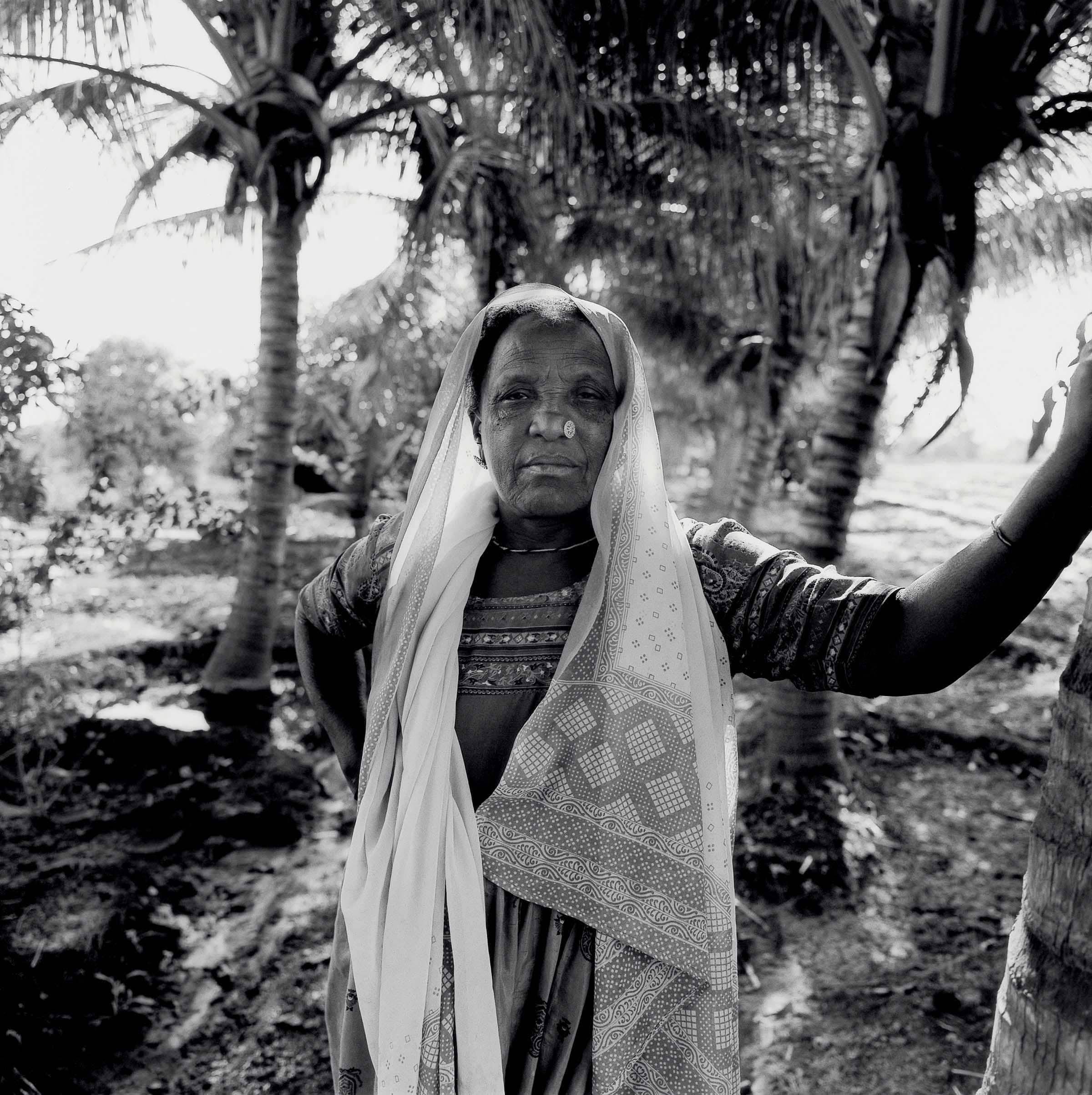Estimated to number between 35,000 to 70,000, the Sidi make up a tiny proportion of India’s huge population, but their history tells a story of colonial trade and occupation dating back hundreds of years.
Brought over from southeastern Africa in waves from around the ninth century, some as slaves and soldiers by foreign traders, some as coastal sailors travelling freely, they mostly clustered in rural areas in Gujurat, Karnataka and Hyderabad. Their status as a ‘scheduled tribe’ (i.e. historically disadvantaged) reflects the fact that the Sidi have not been beneficiaries of India’s socio-economic ascent.
As a middle class, metropolitan, ethnically Indian photographer documenting a excluded community wary of exploitation, Sheth was conscious of the delicate power dynamic.
“I came with a lot of baggage; before me the BBC, student filmmakers and Indian documentary filmmakers would come, do their thing and then leave — there’s no further connection,” she says. “They would ask: ‘What are you doing this for?’
“I kept sending (her Sidi subjects) photographs. They saw the time I was putting in tot he project and that I was trying to do something different.
“The boys who looked at me with hostility are now in the National Portrait Gallery.”
Sheth’s square, monochrome portraits are rooted in a sense of location; their rural provenance always perceptible in the background. There’s a palpable sense of community — women braid each other’s hair, children playing outside the mosque, young men unwinding by the river.

